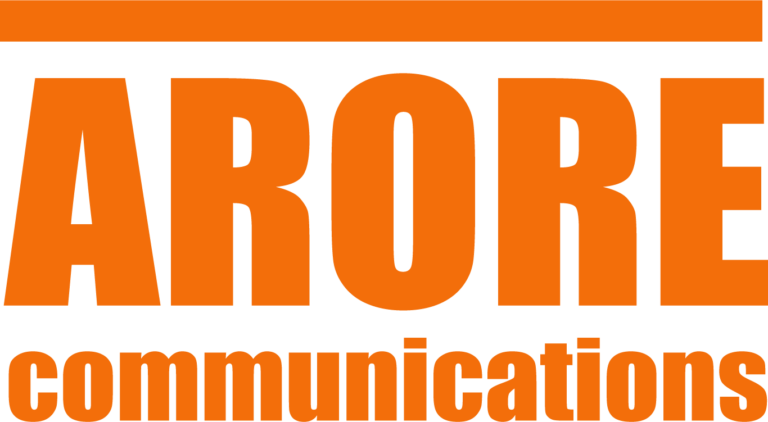It is difficult to know whether Walt Disney had a notion of what his iconic company would become almost sixty years and twelve theme parks later. What is unmistakable is that his dream of creating a magical experience for visitors was driven by the concept of “four levels of detail.” With a clear vision in mind, Disney crafted immersive environments where every aspect, from visuals to sounds and touch, captivated guests and transported them to a world beyond their expectations.
His original theme park, Disneyland in California, would have four distinct areas: Adventureland, Frontierland, Fantasyland and Tomorrowland. Each of these areas would branch off the central hub, called Main Street USA.
He formed a team called Imagineers to design the spaces and gave them clear direction regarding the level of detail required to meet his vision and prime objective.
Walt wanted to create an environment where adults and children could be absorbed, have fun and participate in an almost-perfect world, if only for a day.
The four levels of detail
Instructions for the Imagineering team
- When you approach a town, you can see the tallest buildings rising above the trees.
- When you are in the town, you see the different buildings, their colour, how big they are next to each other, how wide the street is, and how the town smells.
- When you walk up to a building, you can see the paint chipping, the detail in the door, and what’s in the windows.
- When you grab the door knocker, you feel its temperature, what it’s made of, and how it’s been worn down from being used.
The four levels of detail approach allowed the Imagineers to control every aspect of the visitor’s experience, including visuals, sounds, smells and touch. This successful methodology made the visitors feel like they were no longer in their world but somewhere else in a spectacularly genuine way.
This attention to detail became the hallmark of the Disney experience for future generations.
Through his four levels of detail, while probably not realizing it, Walt Disney created a perfect marketing program by ensuring every experience he delivered in the park was far beyond the visitors’ expectations long after they paid their admission.
The Disney Corporation welcomes fifty-eight million visitors yearly to the various theme parks worldwide.
The levels of details and your company
It is unlikely you are in the amusement park business. You can, however, approach your business and marketing with the same approach.
Once you have decided on your business objectives and determined who your target market is, you can apply Disney’s approach to create levels of detail that interpenetrate throughout your organization to provide the same level of satisfaction for your customers.
Marketing starts with visuals, such as storefronts, websites, social media and advertising, but continues far beyond. Every touchpoint you have with potential, current and past customers reflects on your business.
Whether your business is B2B or B2C, it is widely accepted that people buy on emotion and justify it with logic. How customers and potential customers feel is paramount to the marketing process.
In B2B occurrences, your customers want to feel confident they are getting the best value for their company. They want to feel like they are working with the most capable company that will push their company’s interests forward. When your customers or potential customers are less confident, they are open to finding a better solution that might not include you.
Touchpoint details will vary from business to business. However, generally, these are some of the questions a business owner could ask themselves to determine their level of detail.
- Do our marketing visuals reflect our company’s quality and the message I want to project to my customers? Are they consistent and on brand? Do they invoke feelings of confidence and professionalism? (think: websites, social media, advertising, emails)
- Are our customers’ and potential customers’ experiences everything we aspire for them to be? Do they invoke the excitement and confidence necessary for people to buy or continue to buy from you? Are we part of the solution to their needs? (think: telephone etiquette, creativity, follow-up, attention to detail, delivery and timelines)
- Are you genuinely the best option for your customers and always striving to be the best? Is your company consistently evolving and keeping up with the trends and technology? (think: product offerings and quality, service offerings and levels)
- Is your entire team working on every level toward your objectives? Do they know what the goals are and what role they play in reaching them?
Take away
Nowadays, especially in a global economy, every business needs to realize marketing their product or service is an all-encompassing process, from the first time somebody sees our brand through the sales process to final delivery.
Touchpoint details vary from company to company, and it is common for companies to be stronger in one area and weaker in others.
We need to turn our customers into a salesforce and our brand ambassadors.



